
The content of this article is a speech draft, and industry discussions are welcome.
Hello everyone, today we are here to talk about product design and user psychology. Due to time constraints, it is impossible for me to fully explain this issue, but in this limited time, we can start with some small focuses. , Its purpose is to let everyone have a new mindset in product design.
There have always been various barriers between design and product users. The reason for this is that on the one hand, the working status of designers is usually relatively closed. There are quite a few designers who work all day and do not discuss products with customers. Opportunity. On the other hand, the product manager’s understanding of design is still at a simple level, and only regards design as the appearance of the product. These problems will cause designers to find a place where they really should exist in actual work, and at the same time will cause the distance between designers and product users to grow farther and farther.
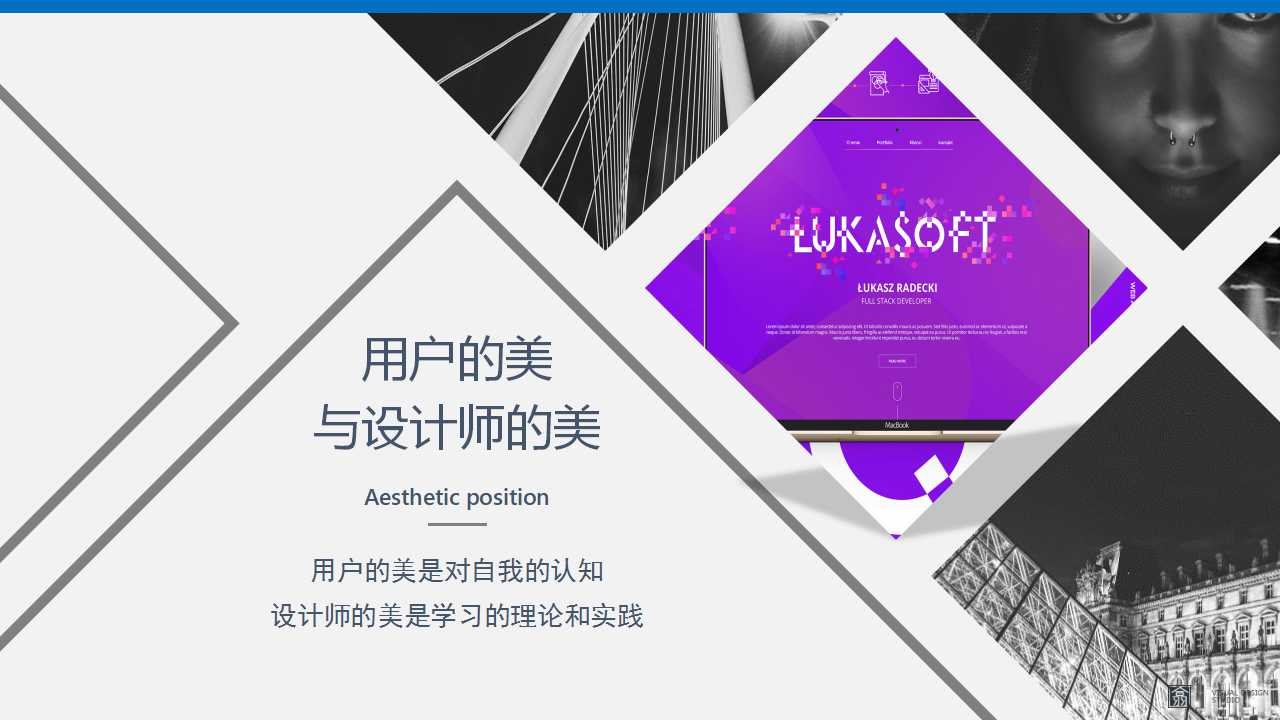
Our designers are often too far away from the users, so they cause a lot of misunderstandings between each other. The products designed by the designer rest on their laurels are also not recognized by customers. We can discuss this issue from a small cognitive gap.
That is, what is the difference between the beauty of the user and the beauty of the designer?
Designers usually make a mistake in their work, imposing their own understanding of aesthetics on users, or hoping that users can accept it. The mistake of this thinking is that they do not consider the user’s position, that is, as a user, why should you accept the design? The design scheme that the teacher imposed on him depends on professionalism? By aesthetics? Neither is the most powerful reason. Because users are never professionals, they are not obligated to judge whether a product design is good or not from a professional perspective. At this point, designers need to understand the differences between each other and take the right actions.
The beauty of the user is the self-knowledge, and the beauty of the designer is the result of learning theory and practice.
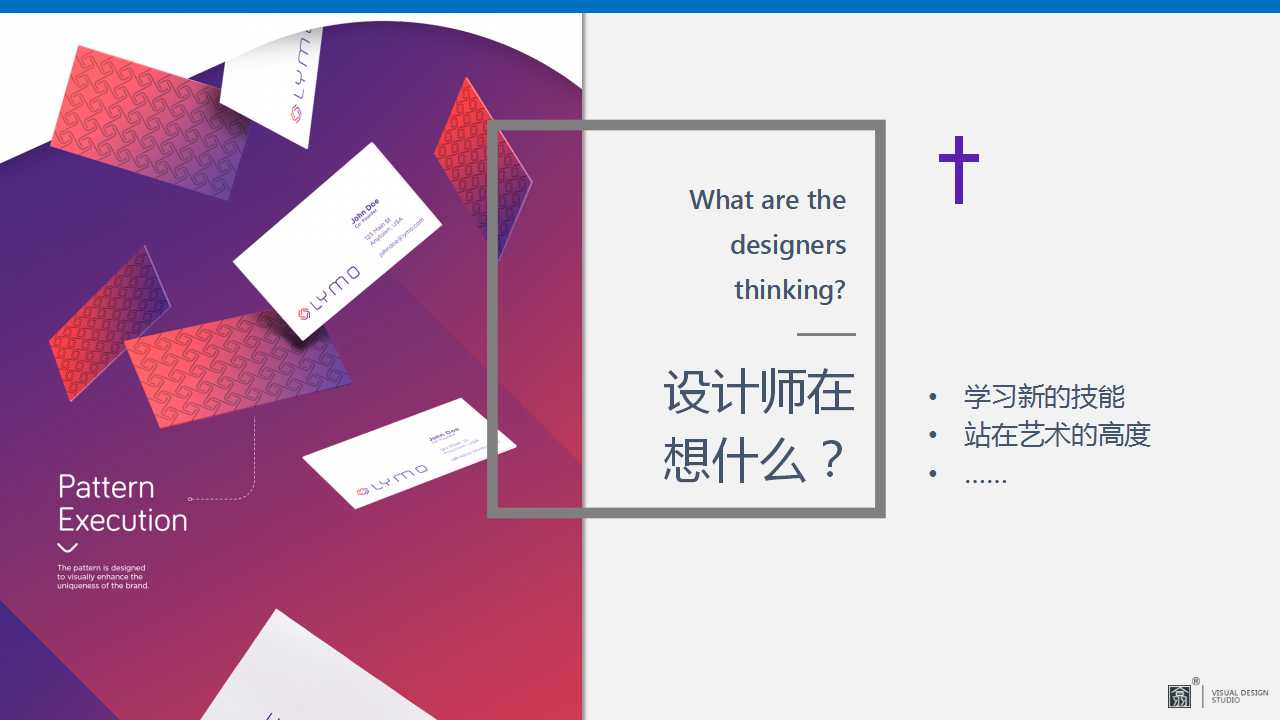
In short, the difference between these two completely different ways of thinking is: What is the designer thinking? And what are product users thinking?
Let’s answer the first question first: What is the designer thinking?
Some designers have simple ideas: learn new techniques; learn new software; explore new popular styles; or be a little more complicated, improve the artistic height of design, and so on. Constantly changing, self-improvement is the most important thing for designers.

I was going to participate in an interview, and the last host of the show wanted me to recommend a book for design practitioners and enthusiasts present. I thought about it for a long time, and in the end I didn’t know what book I should recommend for them. Why? Because I don’t know what is the most popular design book on the market. I rarely pay attention to these. The reason why I will not focus on this part is that, to a large extent, the product users we are facing do not read design-related books at all. Only designers can read design-related books. As for what users will look at, most designers don’t know.
An ancient Chinese warrior once said: “Know yourself and the enemy, a hundred battles are not dead!” It means: you must know yourself and the opponent, so that there will be no danger in fighting. So I will pay more attention to what users will watch, and take time to read the content they care about, to read the books they usually read. This is the designer’s vision and position must be able to transcend their own professional boundaries to understand Those who go to serve, think about what they think, think about what they think.
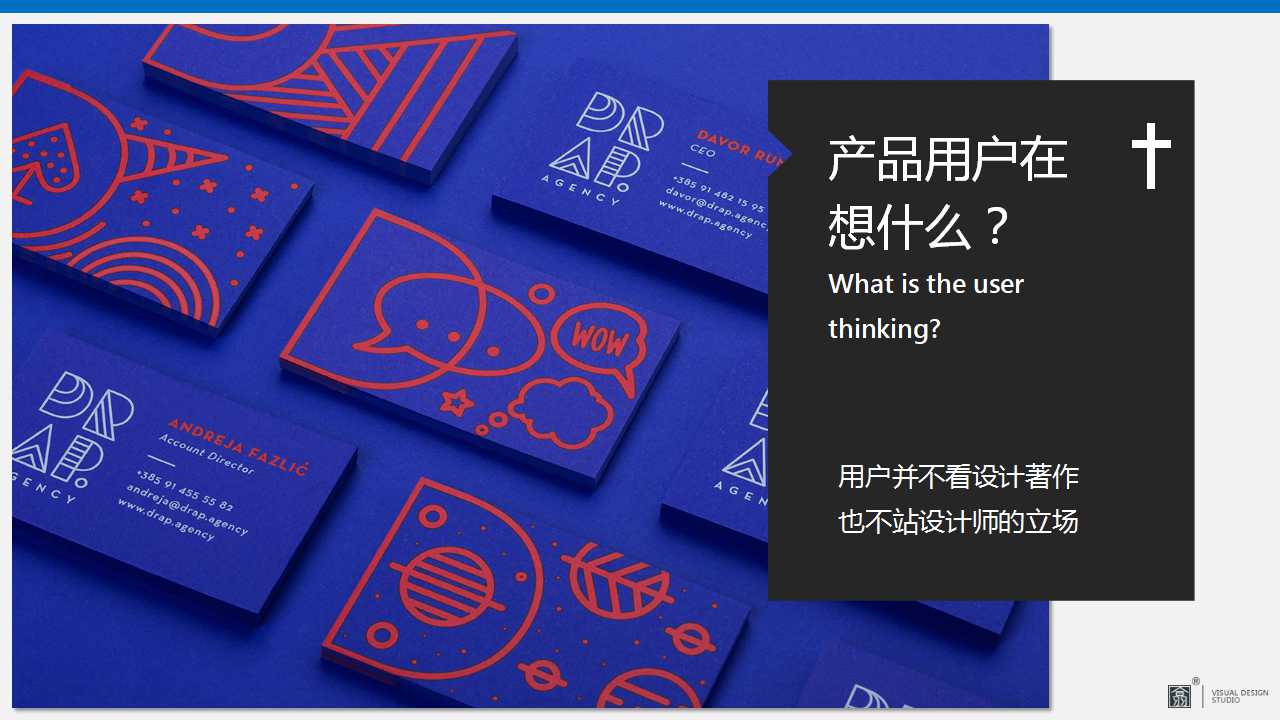
The user’s thinking will change with his own perception. If a designer has seen enough customers, he will find that the user’s perception of beauty is inseparable from his social positioning. Standing at this point, the vast majority of Chinese people will not make much difference.

I broadly list the psychological needs of users for product design into three basic points: convenient thinking, simple logic, and not too dazzling.
For users, no matter what is the function of a product design? Simple concept is their first requirement. Users are more white-minded than designers think. They basically belong to the linear thinking mode. Therefore, when a new product is launched, all the new concepts under the packaging need the simplest logical relationship in essence, and users do not need to think. Product features that can be understood are the easiest to be accepted by the market. The simplicity of this logic also includes actual interactive operations and special effects. For designers, dazzling is a manifestation of design technology, but for users, product demand does not exist for designers to show off their skills. This primary-secondary relationship is often ignored by designers. As a designer’s instinctive professional standpoint, Hyun technology is an inevitable existence in product design, but if you stand from a higher commercial standpoint, the market demand will always be more important than the designer’s personal professional expression.

Some product managers still have a lot of understanding of design at the level of appearance decoration. It seems that one product solves the appearance problem and solves everything. This makes many companies keep their designers in a cage like a chicken. They do not participate in the preliminary market research of the product, nor participate in the interviews with customers. They only get the drawings of the product manager and start coloring and drawing. This kind of design behind closed doors. Products that come out often fail to get good market feedback.
To solve this problem, it is necessary to put the design in the perspective of industrial revolution and technological innovation, and regard the design as the keel structure of the product, rather than as the beautification of the appearance.

When the design becomes part of the keel structure of the product, it can have an impact on the user’s behavior. In today’s era of big data, many product market decisions are taken from big data analysis. It seems that users’ behaviors are beginning to become predictable. In general, people who look at big data seem to have become gods. They can predict the results before they start. . However, there is often a deviation between the rationality of the data and the perception of the user.
I can give a few simple examples:
Today is Friday. After work, you meet with friends for a meal. Where do you go? You can go to Dianping.com to see which stores have good reviews and there are many consumers. This kind of data can have an impact on people’s choices.
But if a person wants to apply for a university, will he make the choice that determines his life’s fate just because of the high evaluation data of the university and the large number of applicants?
Or if a person wants to find a girlfriend, would he consider linking his life-long events to her just because the woman’s photos have a large number of likes and the highest popularity?
Or let me give a more extreme example. You have a shipwreck on a ship. Everyone needs to find a lifeboat. At this time, you will pick up your mobile phone to check which lifeboat has more or less people?
…………
We will find that in a person’s life, the truly important and key choices do not have many data components. On the contrary, human experience and intuition account for the majority. This is one of the mysteries in God’s creation of man- man is unpredictable.
Therefore, the influence of design on human behavior is not absolute.
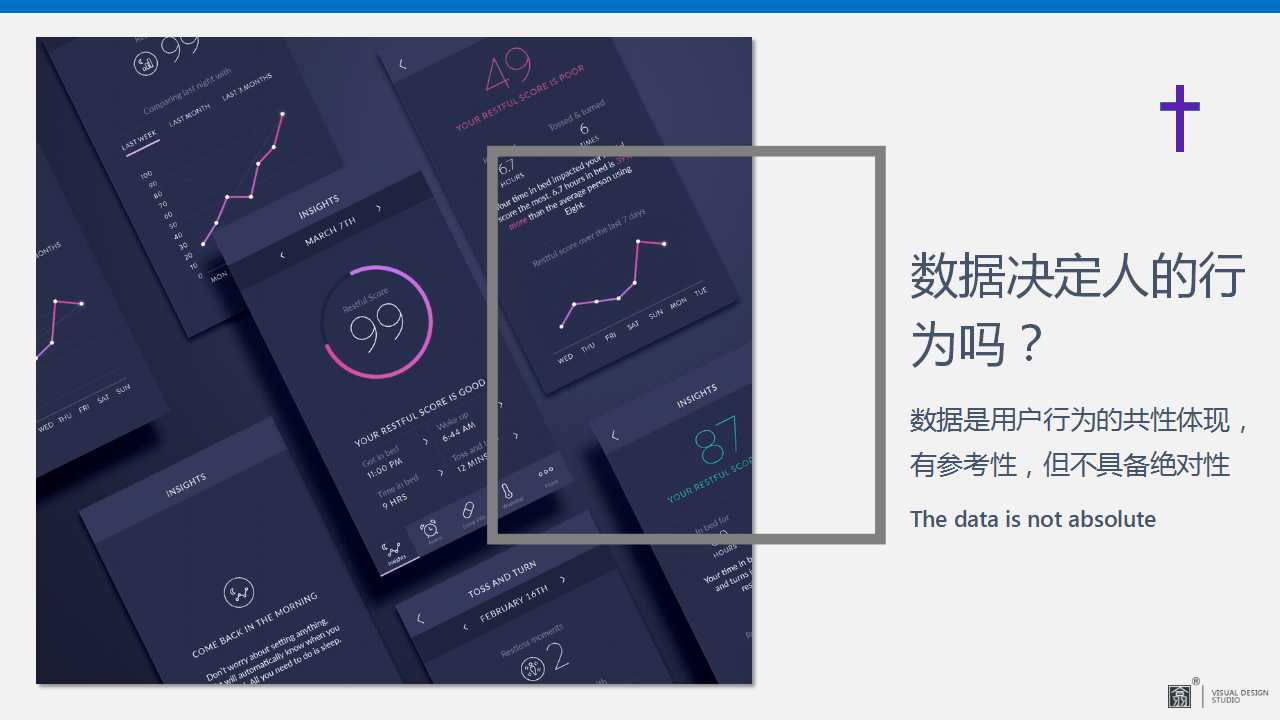

So how to make good communication between products and users, the value of designers lies in this. A good product allows users to understand the intention behind the designer during the use process. When Apple’s mobile phone changed people’s operating habits on mobile phones, the Zen ideas behind Apple’s mobile phone designers have unknowingly affected the world. If there is no profound philosophy behind a product, it is impossible for a philosophical fulfiller to use it. This kind of thinking is put into production. Therefore, in addition to the success of the market and money, the true success has a deeper philosophical success.
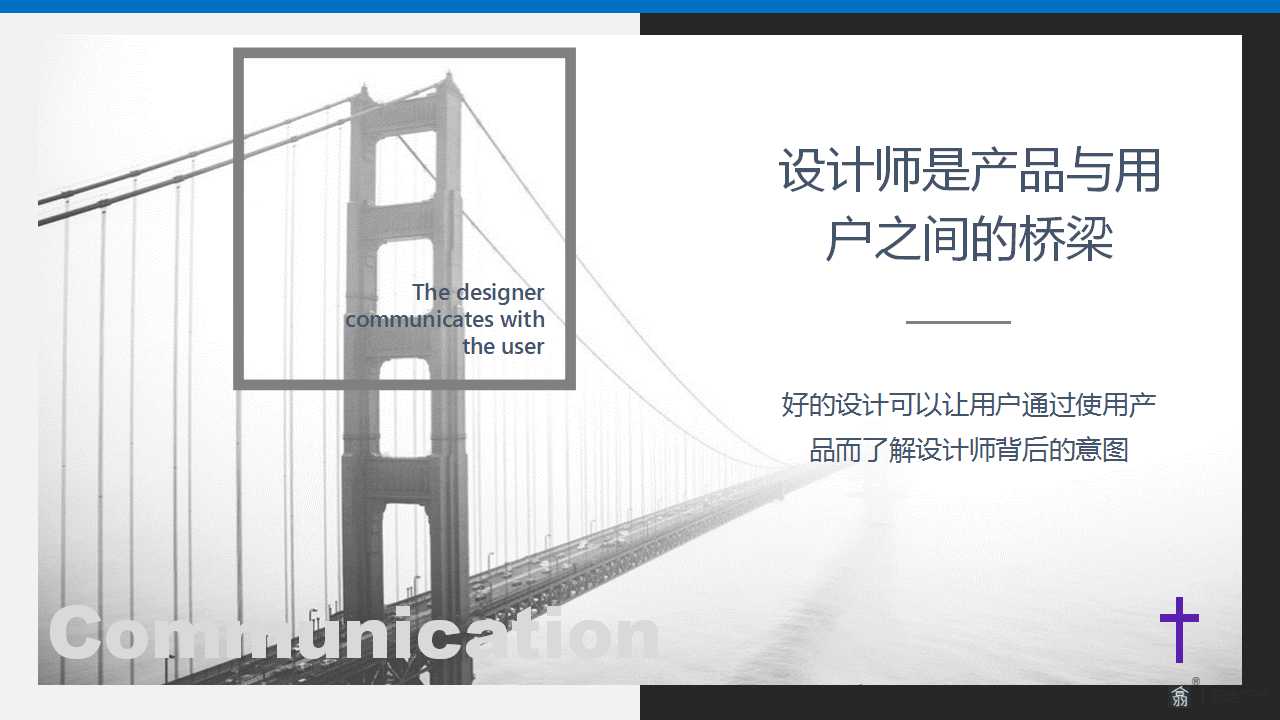
What kind of relationship should designers and users become? I am not sure whether it is the obedient and the subject, or the guide and the guided. It should be said that the designer and the user should choose to be the mentor and apprentice to each other. Designers provide users with choices, and at the same time, the results of users’ choices also affect the products that designers will provide next time. In these two aspects, any unilateral off-track will not result in a successful product.
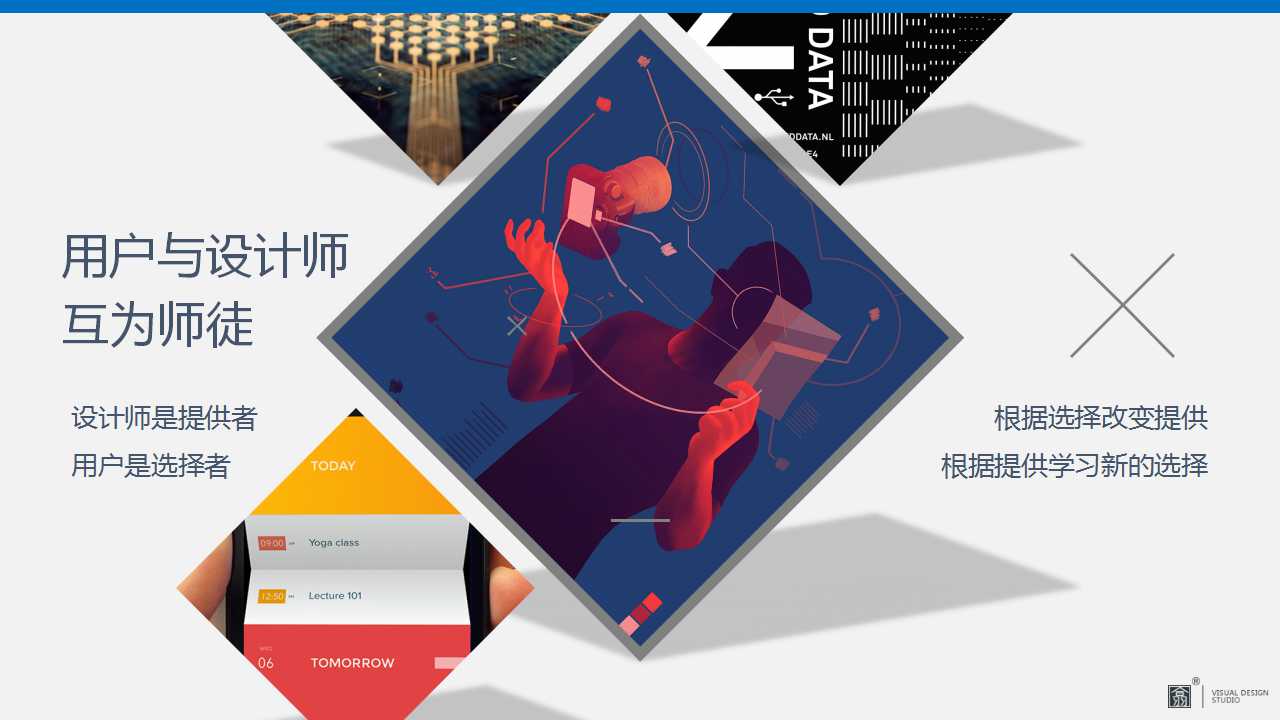
So how should designers provide users with product choices? This requires designers to have a greater mind and standpoint to look at the issue of design.

2000 years ago, Lao Tzu put forward in the “Tao De Jing”, “all things work together, I can observe and restore.” It means: this world and all things are put together, I want to observe their original natural appearance over and over again. Similarly, designers also need to objectively understand where the design should be in commercial products. It is not the correct attitude to deliberately exaggerate the purpose of the design, or debase the valuelessness of the design. At this point, designers also need to think carefully, what are they doing every day at work?
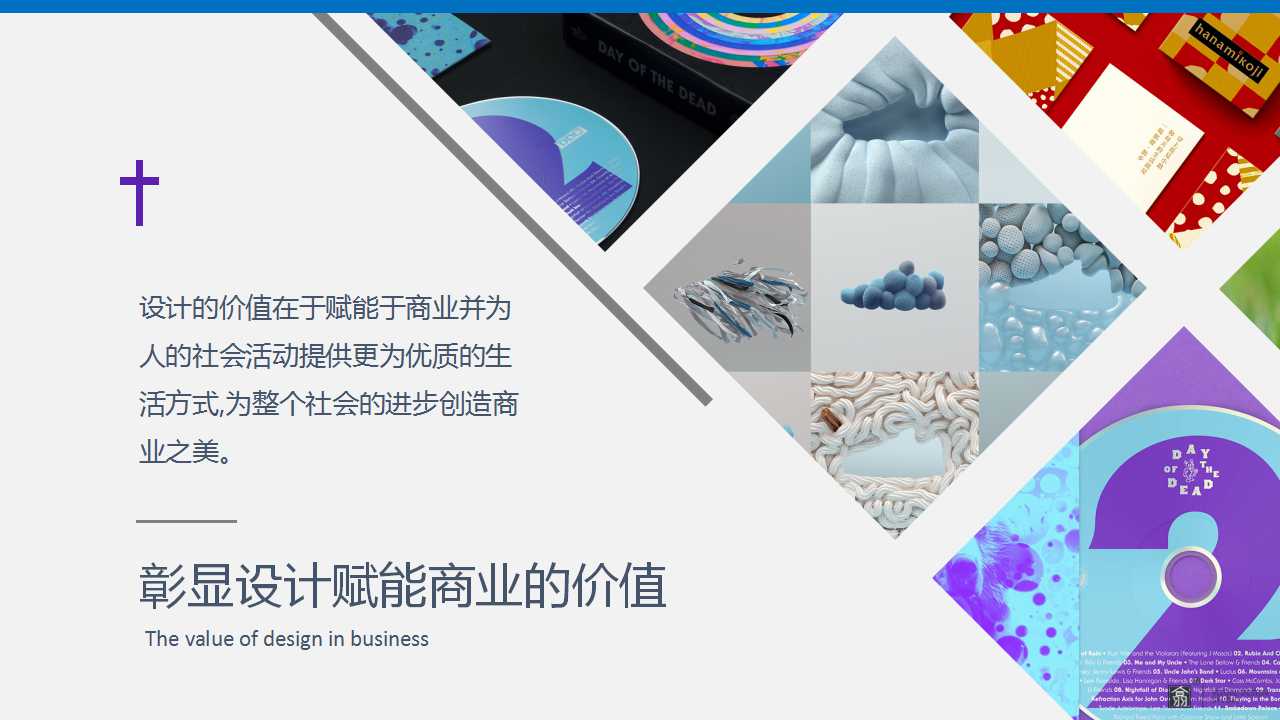
The value of design is to empower business and provide a better lifestyle for human social activities, and to create commercial beauty for the progress of the entire society. This concept should be the fundamental foothold of the product in the design. Because of China’s economic development in the future, people’s social life will no longer be limited to the basic functions of products, and the needs of users will develop towards diversification and individuation. This means that in various industries, there is still a lot to be developed for design. The development space of the company needs to be created by designers. Creation is the decisive difference between humans and animals in this world . The reason why humans are humans lies in their ability to create as vast as galaxies and endless. This is the responsibility given to designers by the times, and it is also the mission of every designer.
